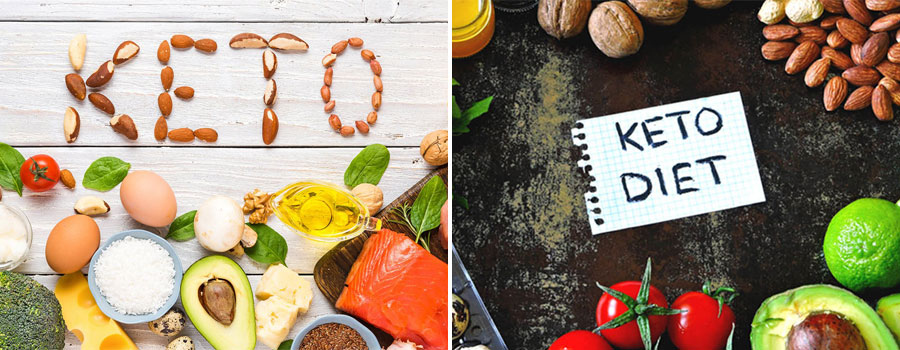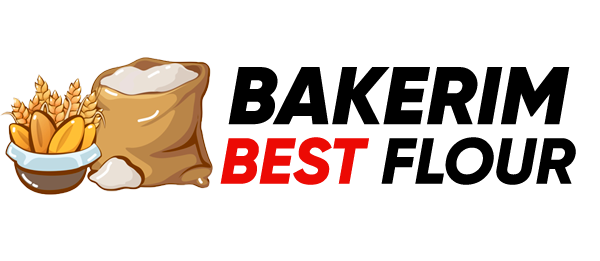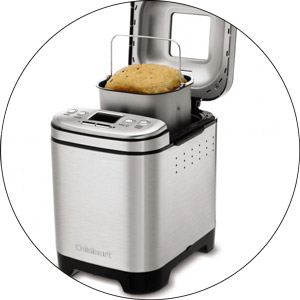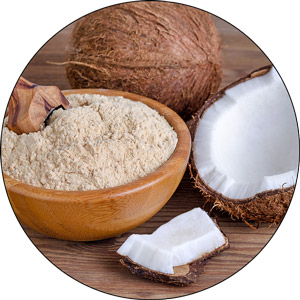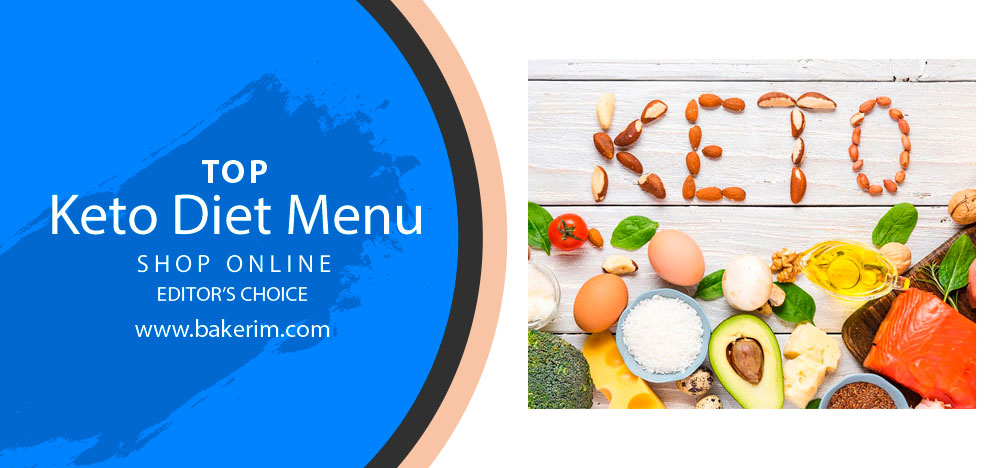
The Keto Diet Foods Guide – FAQs, Tips and Science
What if, in order to lose weight, you have to eat fat and completely abandon fruits and whole grains? It sounds strange, but it makes sense. Read on to find out what the keto diet is and how it works. Now nutritionists offer many different types of food. You may have heard the trendy word keto before, or even thought about switching to this diet.
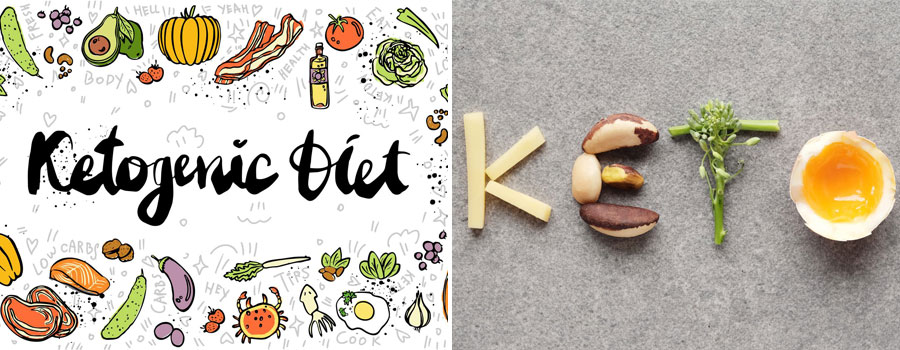
But it is important to understand that any food may not be suitable, it may be ineffective in a particular case. And before you dramatically change your diet, you should find out all the available information. I have prepared a detailed guide to the keto diet and I especially want to tell you about keto bread.

Keto Diet: What is a Ketogenic Diet?
The meaning of the ketogenic diet is to reduce the consumption of carbohydrates. But our organism is arranged so that the main energy for its work it receives from carbohydrates-glucose, which is not very good. Another source of energy is the breakdown of fats, or rather the so-called ketone bodies, which begin to be used only in the case of a decrease in blood glucose.
Therefore, in order to start such an energy exchange, the amount of carbohydrates in the diet is reduced to a minimum, and the amount of useful fats rises to the maximum (the body is in a state of ketosis). At the same time, muscle mass is preserved, and the skin remains elastic after weight loss.
Nutritionist Abby Langer from Toronto says: A ketogenic diet is a way of eating fat (about 80%), protein (about 15%), and carbohydrates (about 5%). When a person eats in this way, it puts the organism in a state of ketosis, which means that instead of burning energy the person burns fat.
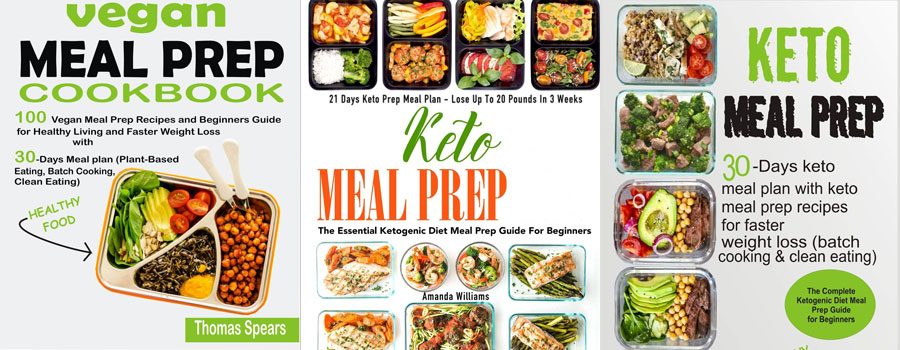
What is Ketosis
Ketosis is getting energy from fat, not from glucose, which is supplied to the body with carbohydrates. Lipids are converted to fatty acids and ketone bodies are the main source of energy. Ketone bodies are molecules that transport energy. Production occurs when glucose is deficient.
Eating less than 20 g of carbohydrates in a week forces fatty acids to be rapidly released from the body’s fat stores. A large number of acids enter the liver, where they are converted into ketones during oxidation. The resulting molecules provide the body with the necessary energy. Ketones are able to overcome the blood-brain barrier, providing “fuel” to the brain in the absence of glucose.
The state of ketosis is also achieved by starvation, but the lack of vital micro and macronutrients leads to serious health problems. Ketogenic nutrition is an alternative approach that allows you to lose extra pounds with less damage to the body.
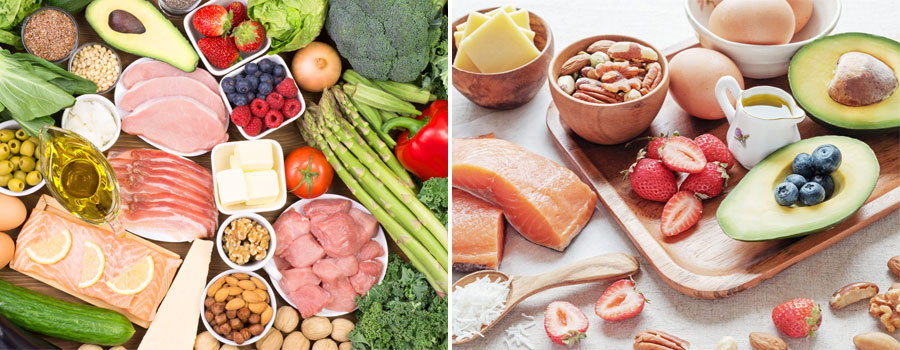
How Does The Keto Diet Work?
It’s all about low carbohydrate intake. Carbohydrates are the main source of energy in the body and when their level in the body falls, active fat processing begins. The liver begins to produce ketones, which are a byproduct of fat metabolism.
The body then uses these ketones to produce “fuel». In order for the metabolism to switch to ketosis mode, the level of glucose in the blood must decrease and be maintained in a minimum state for at least 36-48 hours. A way to reduce glucose in this way is the keto diet. It is a complete rejection of a diet containing carbohydrates with a high and medium glycemic index.
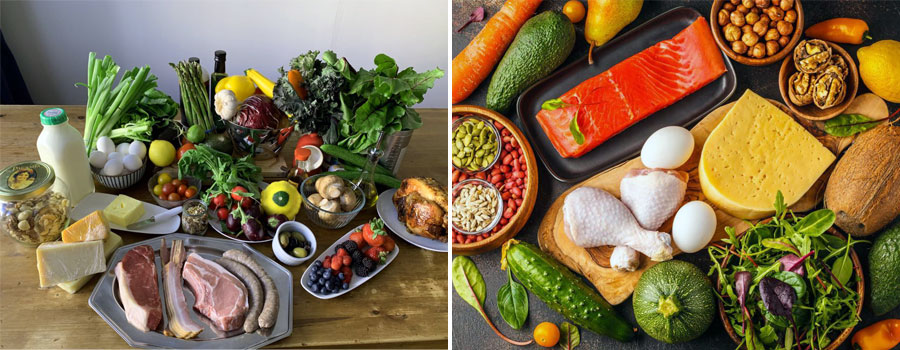
Different Types Of Ketogenic Diets
The most common type of keto diet is the standard one. It consists in the use of healthy fats (70-80%), protein (20-25%) and carbohydrates (5-10%). This type of diet is ideal for active recreation and fitness enthusiasts.
There is also a cyclic keto diet, which is not so strict about carbohydrates. So, after five ketogenic days, two days with a high carbohydrate content follow. In these days of “loading with carbs“, you replenish the glycogen stores (can be 400 — 500g of carbohydrates). Suitable for athletes.
And another variant of the keto diet is the target, a kind of compromise between the classic and cyclic ketogenic diets. People who adhere to this type consume more carbohydrates 60-90 minutes before starting a workout. This allows you to replenish glycogen reserves, so as not to bring yourself to exhaustion and at the same time not to get out of the state of ketosis.

A Beginner’s Guide To Keto Foods
What foods can you eat on the keto diet?
- Useful Fats: nuts, seeds, olive oil and avocado oil, ghee, coconut fat, cream, avocado, fish, seafood, organic fat (grown without hormones and antibiotics).
- Carbohydrates: greens and leafy vegetables, cucumbers, zucchini, berries growing on bushes: raspberries, blueberries, gooseberries, currants in small quantities.
- Proteins: chicken and beef, nuts, seeds, fish, eggs (chicken and quail), mushrooms.
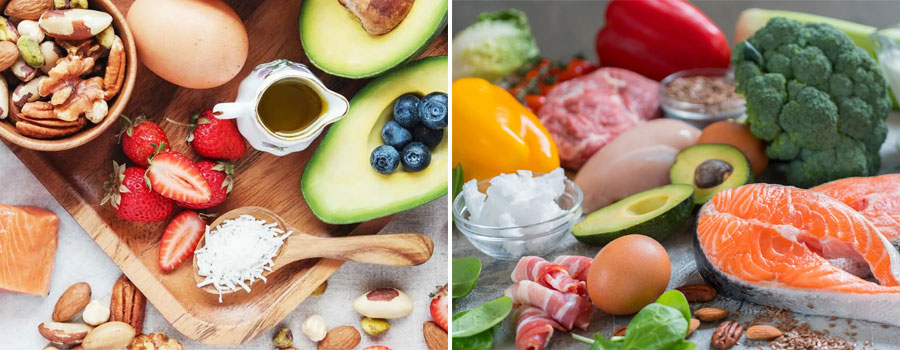
What Foods To Avoid On a Keto Diet?
- Sugar;
- Fruits and dried fruits;
- Processed meat products: sausages;
- Semis;
- Farinaceous food;
- Any sweets;
- Vegetables with high starch content: potatoes, corn, beets;
- Alcohol.

Should You Try The Keto Diet?
There is no clear answer. Everyone decides for themselves based on the pros and cons of this diet.
Advantages of the keto diet:
- Weight loss
You can say that the body turns into a fat-burning machine and you lose weight without going hungry. Fat burning increases significantly, while the level of insulin that accumulates fat drops significantly. More than 30 scientific studies show that compared to other diets, keto diet leads to more effective weight loss.
- Appetite control
When your body burns fat 24/7, it has constant access to stored energy, significantly reducing hunger. This makes it easy to eat less and lose weight. Just wait until you are hungry before eating. In addition, you will save a lot of time and money by not snacking all the time.
- Energy and mental capacity
Some people use ketogenic diets specifically to improve mental performance. In addition, people usually experience an increase in energy with ketosis.
- Improving health indicators
There are many studies showing that low-carb diets reduce the risk of heart disease. There is also an improvement in blood sugar, insulin levels, and blood pressure. The ketogenic diet has been used for more than 100 years in the treatment of epilepsy.
Studies have shown that it can dramatically reduce the frequency of attacks and at the same time reduce the number of medications taken. This diet is a natural way to prevent diabetes. It reduces the level of insulin in the blood.
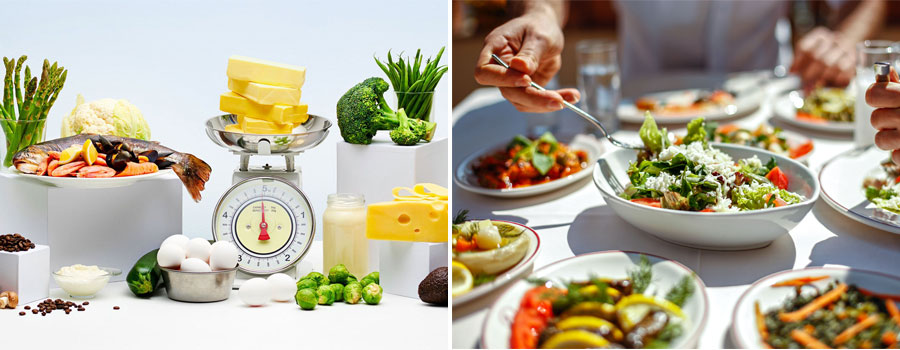
Disadvantages Of The Ketogenic Diet
- When you completely eliminate carbohydrates, you lose a huge number of useful substances for the body.
- There may be a tendency to constipation. For the organs of the gastrointestinal tract, eating only fats and proteins is stressful.
- You may receive the smell of acetone from the body, urine, and breath.
- This is a short-term diet. I recommend using it in emergency cases when you want to lose weight quickly and abruptly.
Most of us are very fond of bread. And they can’t imagine how they can remove it from their diet. And for this reason, don’t choose a keto diet. Despite the fact that the essence of this diet is to limit carbohydrates, you can eat bread in small quantities. But I am not talking about white bread or rye, but about keto bread. Next, I will tell you what kind of bread it is and how to cook it.
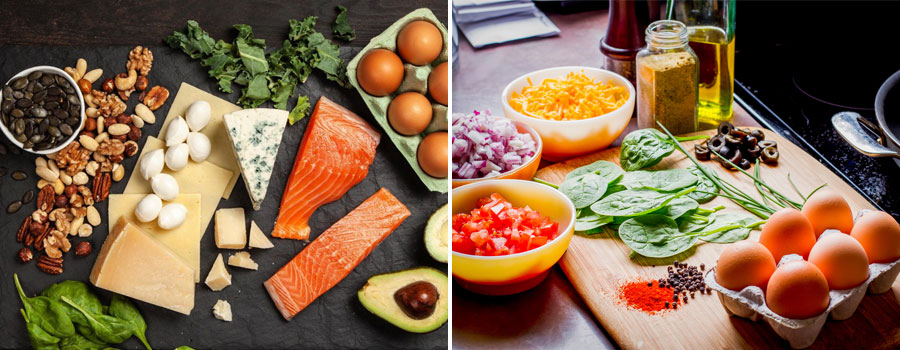
Ingredients That Make Bread Adapted To The Keto Diet
In order to keep your carbohydrate intake to a minimum and stay in a state of ketosis (fat burning), keto bread recipes reject regular flour in favor of foods high in fiber and healthy fats (almond flour, coconut flour, eggs, avocado oil). This not only helps to get rid of keto macros but also nourishes the body with amazing nutrients.
Almond flour contains magnesium and vitamin E, and coconut flour is rich in fiber to maintain a normal blood sugar balance and improve the microbiome. Eggs are a powerful source of choline, vitamin K2, and Biotin, among other nutrients.
Together these ingredients somehow give an almost authentic taste of bread. Of course, the perfect crumb and elastic texture like a real bread will not work since gluten is responsible for this. But the final product is definitely good!
And I want to share with you my favorite recipes for keto bread, which I often cook.
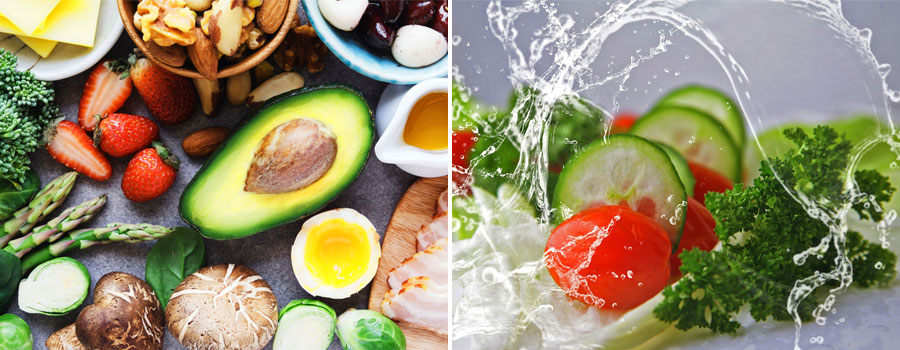
Keto-Bread Made From Almond Flour And Seeds
This recipe was suggested to me by my mother. She periodically is on a keto diet to keep fit.
Ingredients for 6 buns:
- Almond flour-150 g
- Psyllium-30 g
- Baking powder-10 g
- Flax seeds – (optional) 12 g
- Egg white – 3 PCs (egg co), 120 g
- Apple cider vinegar-10 ml
- Water-225 ml
- If the dough is too thick, then reduce the proportion of psyllium.
- If the dough is too thin, then add psyllium.
- If the buns didn’t rise, it isn’t enough baking powder.

Follow the sequence of actions, this is very important! First, carefully mix all the dry ingredients in a deep bowl. Then add the vinegar and whites. The water is then. The water must be freshly boiled. To prevent the protein from curdling, we add it to the center, and then cover with a small amount of dry ingredients, and pour water carefully around the edge.
Mix the dough slowly without much effort. Prepare a baking sheet. Cover with parchment and oil the parchment. Proceed to the formation of buns. Do this quickly, as the psyllium tends to absorb moisture. And the longer the dough stands, the less likely it is to succeed. Bake the buns at 175 degrees.
My stove has a uniform heating mode, I put the baking sheet exactly in the middle. With other positions of the baking sheet, unfortunately, the buns do not turn out. In any case, don’t open the oven during the process. Have patience. The cold air that gets in every time the door is opened doesn’t contribute to a good result.
Bake the buns for 50-55 minutes, during which time they should increase by about 1.5 times in comparison with raw ones. The surface will be uniform and firm. The buns are ready to eat. Bon Appetit!
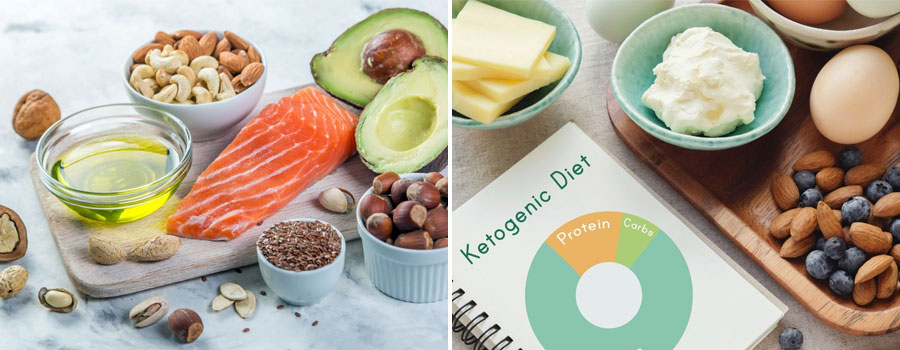
Have Frequently Asked Questions & Answers About This Product: Keto Bread
How many carbohydrates does keto bread contain?
Each keto bun contains approximately 2 carbohydrates (a regular bread bun can contain 20 grams of carbohydrates). So it’s great for those who are on a keto diet.
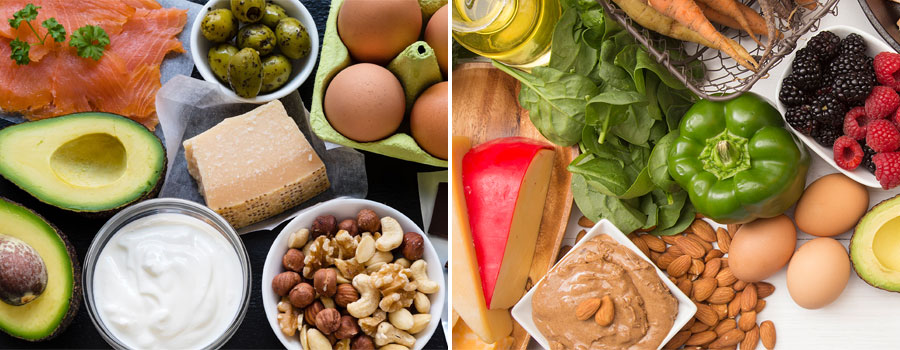
Can I replace the ingredients in keto bread?
In low carb baking, it is important to strictly observe all the proportions and adhere to the ingredients specified in the recipe. Therefore, it is very difficult to find a replacement for eggs and psyllium in this recipe. If you don’t like the taste of almond flour or are allergic to it, you can replace it with coconut.
But coconut flour should be three times more and egg whites twice as much as indicated in the recipe. If you want the buns to look different or have a crispy crust, sprinkle the buns with sesame seeds or poppy seeds before putting them in the oven. And to make keto bread flavorful, add your favorite spices to it.
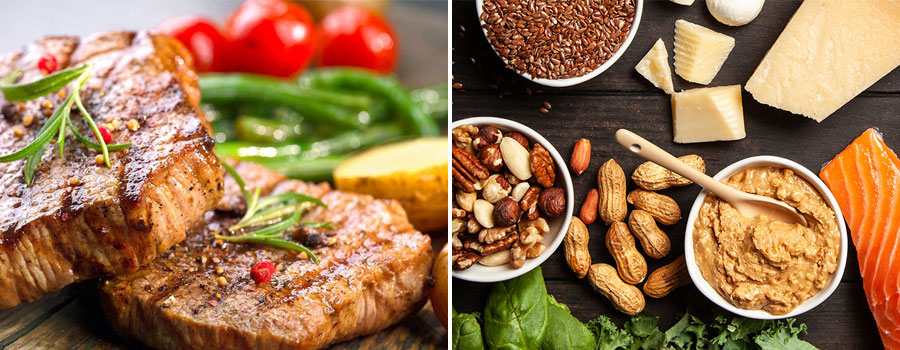
Is there gluten in this bread?
This bread is completely gluten-free. Studies have shown that gluten is not the healthiest ingredient.
Solving problems that may occur while baking keto bread.
The bread may appear purple. This may be due to the psyllium variety that you added to the dough. Try using a different brand.
